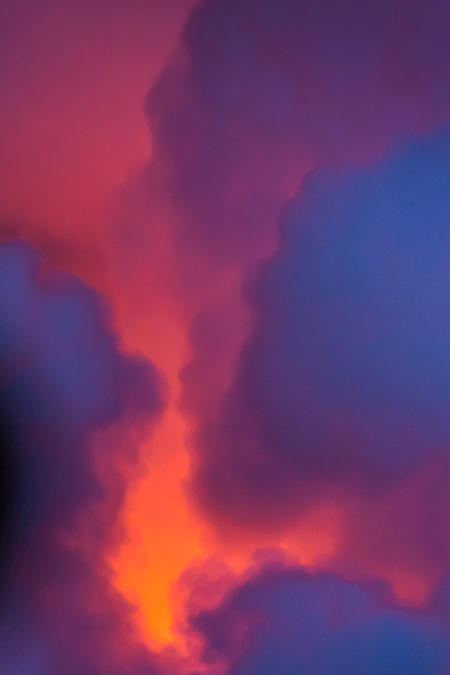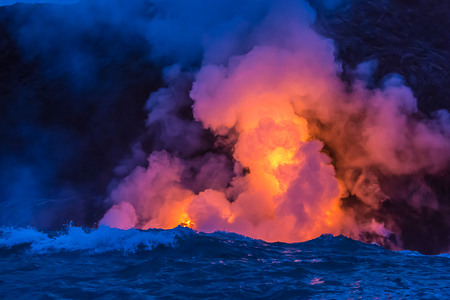Nostalgia just isn’t what it used to be: now it is infused with selective memories and applied to politics. This work of fiction explores a way of returning to the past, a past that I experienced in real time. It is filled with the details of the 1950s that some may remember and others will find entirely strange and foreign. The photograph here is of my mother, with me and my brother, taken in the mid-1950s in the suburbs of Detroit.
I first read about a new project some two years ago, during the height of President Trump’s sway over nearly half of Americans. Two Republican billionaires got together one evening for a steak dinner; over martinis they brainstormed ways to take America back to the values of the 1950s, as they fondly remembered their favorite decade.
Adam Friedman and William Rand were both born in the early 1950s, and raised by loving and wealthy families through the 1950s and 1960s. Both went to Yale, followed by Harvard Business School. After early dalliances with left wing ideas in their college years, both became fanatically loyal to the ideas of President Ronald Reagan, and they never looked back. Well, they did look back to their favorite decade: the 1950s, as did Reagan. They fervently believed in the idea of the self-made man, and considered themselves among the most successful of that genre. Let’s listen in to their conversation.
William Rand said “As you know, I have long been disturbed by America’s socialist drift. The idea of a federal minimum wage is disgusting; people should be paid what they’re worth. And don’t get me started on government regulations; you can’t believe the hoops my bank has to jump through to set up secret bank accounts for some of our friends. I just wish we could bring back the 1950s, before the age of government interference in our lives and when communists were kicked out on their ears.”
Adam Friedman replied “You’re right. We’ve tried for years to appropriately blame the government for all our problems, but people seem to love their Social Security and Medicare, so socialism is deeply engrained.”
Rand said “I would love to somehow educate children in the American Way much earlier, like they did back in the ‘50s. We turned out okay.
Friedman said “My grandmother found a way in her generation to instill traditional values. She was a member of the Daughters of the American Revolution back in the day, and she gave a couple of million to found a living history farm in the Berkshires. She had visited Colonial Williamsburg and loved it, and wanted to take the idea of living history into the late 1900s, a time she felt was a high point for America and when my family first made its fortune.”
Smiling, Rand responded “What did she find so enchanting about the era of outhouses and horses?”
Chuckling, Friedman replied “I’m quite sure she wasn’t thinking about the inconveniences, but she loved the lack of regulations from that era. People just seemed more independent and stalwart back then. But the point was, she invested her money in a project that pointed average Americans back to a “pull yourselves up by your own bootstraps” time.”
Rand replied “Well, I never understood how bootstraps could pull up a man, but I catch your drift. I just wish we could return to the postwar period, when everyone in America knew their place. American manufacturing and style was the envy of the world and Americans were optimistic about the future.”
Friedman said “Yeah, I wish Americans were as grateful today for what we’ve given them.”
Rand said “This is a stretch, but I wonder if your grandmother’s living history idea could be applied to the 1950s? I mean, could a living history museum be set up that would give people a sense of what it was like to live in the ‘50s?”
Friedman said “Interesting idea. I’m betting that it could …”
And so, an idea was born. Adam Friedman and William Rand went on to form a partnership in philanthropy, or so it seemed. They hired a prominent museum consultant to brainstorm ideas for the 1950s living history project and to develop a business plan and a list of locations. Oh, and to tell the billionaires that it would cost approximately $95 million to get it off the ground. Smith and Rand initially balked at the cost, until the consultant told them that a survey showed that people would be willing to pay a high admission fee for a week-long residency in the community. Bottom line: it could work as a for-profit business rather than a not-for-profit, and the investors could potentially profit handsomely, especially with a tie-in to a feel-good television series and potential movie deals based upon the values of the new community.
During the next three years, after sifting through locations throughout the East and Midwest and studying market surveys, the new corporation picked out a beautiful spread of rolling hills outside of New Bethlehem, Pennsylvania, not all that far from Pittsburg so people could fly in easily, and which had a perfect Christian name for the project. The county readily agreed to an infusion of money and tourism, so it put the development on a fast track. These businessmen knew how to get things done quickly, so the land was surveyed and development began within months.
For the first phase of the development, 62 homes were designed in what was to look like a postwar suburban development, with front yards, back yards, garages, driveways, and modest homes with brick or grooved shingle siding. In addition, ten homes, designed to look like farmhouses, were placed among the hills where corn and beans were soon to be grown. A town center, designed to look like a traditional small town in upstate New York or rural Pennsylvania was established, with false front commercial buildings and a town square with a beautiful wooden gazebo. Finally, a traditional wooden church and an early 1950s school building were created to round out the experience.
It is now two years later, and this reporter arranged to tour the now operational living history town with Laura Reagan, the public relations contact who works for the corporation. I had asked for an informative tour after the facility has opened, so I might see families experiencing the living history of the 1950s. Mrs. Reagan turned out to be a young woman who graduated from Michigan’s Hillsdale College about ten years before. She carried herself with the confident self-assurance that comes from being convinced you are on the side of good.
Mrs. Reagan graciously let me tour one home among the few vacancies this week. When we drove up in an electric version of a ’57 Chevy, in turquoise paint, we parked in the driveway and chatted for a few minutes before entering the house. The yard was well kept, and there were cement sidewalks along both sides of the street. Here and there, kids were riding bicycles along the sidewalks, and a touch football game was going on in the yard across the street. The children had come home from school during the lunch period and had an opportunity to play before returning to school. A young couple was strolling, consuming ice cream cones as they walked.
I said “Mrs. Reagan, it is an attractive community, and I’m amazed that you have been so successful in filling it with families so quickly.”
She said “We think there is a deep hunger in America to return to traditional values, and we mostly marketed the New Bethlehem experience through churches in the Midwest and Northeast. We tell parents that this will be a special immersive living history experience, not just a brief tour, so we ask that they stay at least a week for families to get a feel for the rhythm of living in real America.”
Me: “Real America?”
Reagan: “I know that’s a loaded phrase, but we think it represents well the America before the time of WiFi and so many screens, when families dressed up to go to church and children recited the Pledge of Allegiance every morning in school, and even prayed as the school day began. It was a time when children were safe to roam outdoors, until Mom or Dad yelled for them to come in and wash up for dinner. It is safe here.”
Me: “As I drove through the gate to the orientation center, I noticed the high fence topped with razor wire.”
Reagan: “Yes, we decided that the temptation for the outside world to invade our safe enclave was too great, so we fenced it to give our visitors peace of mind. There are also armed guards patrolling the perimeter with German Shepards round the clock, as well as a state-of-the-art digital surveillance system. But enough about that, let me show you inside.”
We walked to the front door, which she opened without a key (“Our visitors are good Christians.”), and walked inside.
Reagan gestured toward the furnishings as she spoke: “We have given each of the homes a slightly different look. This one celebrates the atomic age, with its big sunburst wall clock and kidney-shaped coffee table. It is a small, middle class house, one that might have been owned by a life insurance salesman with his stay-at-home wife. Wall-to-wall carpet was still relatively new, and this rose beige tone would go with anything. The curved sectional sofa was a classic. The home was too modest to have a classic Eames Lounge Chair, which would have been appropriate for an executive with modern taste, but was far too expensive for this family.”
A television sat in one corner of the room, facing the curve of the couch. Laura turned it on, and the fuzzy black and white picture played a vintage soap opera, “The Secret Storm.”
Reagan explained: “We have one channel that plays a schedule of 1950s classics, starting with a televised national anthem first thing in the morning, followed by “This is the Life,” a dramatized church series from the 1950s that dealt with family issues of the era. Before school, the kids get to watch Captain Kangaroo with Mr. Green Jeans, a wholesome show for young children.”
Me: “Do you broadcast these shows over the air? I see a rabbit ears antenna atop the television.”
Reagan: “Oh no. One of our accommodations to the current era is using cable technology to bring the old shows into every home with a consistent look, and without the reliance on the 1950s technology that required so much maintenance by so many people. This is all automated to keep our corporate personnel cost as low as possible.”
I look back at the rounded screen of the TV, set inside its futuristic rounded metal case. “What other shows do you offer?”
Reagan: “We have a series of soap operas for the housewife to enjoy, including “The Secret Storm” and “The Guiding Light,” which are followed in the afternoon by “Arthur Godfrey and His Friends,” which was a variety and talk show. After the evening news, anchored by Chet Huntley and David Brinkley, we have a variety of family-oriented programs. “Leave it to Beaver,” of course, is a favorite. “Lassie” is wonderful. “I Love Lucy,” “The Adventures of Ozzie and Harriet,” and “The Lone Ranger” are popular, as are the full lineup of westerns. “Davy Crockett” and “The Adventures of Rin Tin Tin” are especially popular with the kids, according to our surveillance of what families are watching. Of course, “The Lawrence Welk Show,” with the Lennon Sisters and the bubble machine, is always a fun variety show. But we don’t encourage families to spend all their time watching television because there is so much fun to be had outdoors playing croquet and badminton in the back yard.”
She next guided me toward the kitchen, which was compact and efficient and featured a gleaming white rounded refrigerator and electric range. The countertops were pink formica with little green and yellow boomerang shapes for decoration. The floor was linoleum in a subdued pink, with a texture that looked a bit like terrazzo. The dinette set was classic, with its bright chrome legs and red formica top. It looked durable and easy to clean, and stylish enough in a retro way for any era.
Me: “What do people eat?”
Reagan: “That’s everyone’s first concern when they think about coming here. We have a week’s worth of food available for each family in the cupboards and in the fridge and freezer, as well as a book of recipes to guide the housewife on how to cook the classics. Breakfasts aren’t all that different from what people are used to, with cereal and toast and eggs and bacon and orange juice. For school lunches, the kids take peanut butter and jelly or baloney sandwiches on Wonder Bread, with some Oreo cookies and a classic Delicious apple. They get fresh milk at school. Supper is when food becomes quite different from what people are used to, and there are no McDonalds or Burger King restaurants nearby for people to go to. Even if there were, that would be cheating because there weren’t many fast food franchises in the 1950s.”
She continued: “Our time-tested dinners include a series of classic meals:
Tuna Noodle Casserole with canned tuna, Campbell’s Cream of Mushroom Soup, grated American cheese, and a topping of crushed potato chips. It is delicious. We combine it with a simple green salad of iceberg lettuce and cucumbers and radishes, topped with French dressing.
Another favorite is Meatloaf, made with ground beef and a filler of breadcrumbs. This may be the favorite dinner for people of all ages, because it is classic comfort food that never goes out of style.
In the freezer we have a good selection of Swanson TV Dinners, including Turkey & Gravy and Salisbury Steak. Each comes with side dishes of mashed potatoes and gravy, as well as mixed vegetables and a healthy dessert of stewed apples. Everyone loves the classic aluminum trays.
Ambrosia is a special favorite, with its mix of canned mandarin orange slices, coconut, miniature marshmallows, and maraschino cherries, topped with Cool Whip.
Jello molds are available, of course, for combining Jello with cottage cheese, celery, oranges, and canned crushed pineapple. Many current cooks have never made Jello, but with our instructions it is easy as pie.
Other foods available to our residents include Spam and fish sticks. Oh, and lots of canned vegetables. You haven’t lived until you’ve tried canned asparagus topped with melted Velveeta.”
Me: “That’s certainly different from what I’m used to.”
Reagan: “That’s the point. We want to take people out of their immediate comfort zone and take them back to the comfort era, when food was manufactured in clean, well-lit factories.”
Me: “What can parents do after dinner to keep the kids entertained?”
Reagan: “Let me show you the closet in the den.”
She opened the closet door and there was a tall stack of jigsaw puzzles and board games. The puzzles included some classic scenes, such as a snowy New England village and a British thatched cottage reflected in a farm pond. There were also puzzles based upon popular television shows, including one of a red-jacketed Canadian Mountie, Sergeant Preston of the Yukon with his sled dog and horse Rex. There was another of Gene Autry and Roy Rogers, and several others based upon classic westerns.
Me: “Where did you get all these old puzzles?”
Reagan: “Oh, they’re not really old. They are based upon original puzzles, but we had them specially made in quantity for our New Bethlehem homes.”
There is also a stack of board games, including Scrabble–always great for adults and teens. Monopoly, of course, is the classic board game that teaches the wonderful theme that “greed is good,” and is what powers America.
Reagan said: “Our guests also enjoy Clue, with its murder mystery theme set in an English country tudor mansion. It reminds me of an Agatha Christie novel, with half-a-dozen suspects that include Colonel Mustard, Miss Scarlett, and Professor Plum. The murder weapons are really cool; a little pewter candlestick and dagger and lead pipe. Everyone loves that game.”
There was also a stack of toys for children that encouraged use of the imagination.
Reagan saw me looking through the stack of toys and said “Did you know that Lincoln Logs were invented by John Lloyd Wright–the great architect’s son?”
Me: “No, but I’m not surprised; architecture must have been in the genes. Without their electronic games, do these imaginative toys engage today’s children?”
Reagan: “We have found them to be timeless, crossing the generations. That’s why we provide Mr. Potato Head–with potatoes available in the pantry–and an Erector Set, Pick-up Sticks, and Tinker Toys. For the youngest children we have a bag of maple blocks that they use to create buildings and bridges and boats.”
Other toys included Hula Hoops, Matchbox Cars, Play-Doh, a Doctor and Nurse Kit, and various dolls–but no Barbie Dolls.
Me: “Barbie seems to be conspicuously absent.”
Reagan: “Barbie wasn’t marketed until 1959, so we think it really belongs to the 1960s. Besides, we chose to have more wholesome dolls; Barbie has a sexual edge to her that many conservative parents object to.”
Closing the closet, Reagan pointed to a record player with a shelf of records.
She said “We also have a great Crosley record player.”
Me: “I saw that. And your shelf of vinyl is well-stocked with 12” LPs.”
I thumbed through them: Frank Sinatra, Patty Page, Big Crosby, Perry Como, Pat Boone, the Mormon Tabernacle Choir.
Me: “Hey, you’ve even got Tony Bennett! I can’t believe he is still making records 70 years later!”
Me: “But I don’t see any early rock & roll. Shouldn’t there be some Elvis or Chuck Berry?”
Reagan: “We don’t stock rock & roll from the ‘50s. Our founders think that rock & roll was driven by sex and drugs, so we ended our music list just prior to that era. We think it makes for a more wholesome experience.”
Me: “But can’t people bring in their own soundtracks on an iPhone?”
Reagan: “Not really. Part of the agreement in coming to a living history community is that they have to leave behind the entertainment from the modern era, and almost everyone seems to obey. It helps that we paid to remove a nearby cell tower, so there is no phone reception. There is no WiFi, so people don’t need to keep in touch on Facebook or Twitter. We have a boy deliver a daily newspaper to each family daily. It’s filled with wholesome stories from here and the outside world, and kids love the funny pages, with Popeye and Blondie and Mary Worth and all the other great ‘50s strips. It’s called the New Bethlehem News.”
Me: “What about clothing? The people out on the street don’t exactly dress like they do 70 years later.”
Reagan: “We want to give them the whole experience, so we have a “clothing shop” as part of the orientation center where they can pick out appropriate dresses, trousers, and shirts; these are returned at the end of the experience. They bring their own socks and underwear, of course. Everyone LOVES getting into costume for their week here. Tell you what, why don’t we drive to the school where you can see the children in class.”
We walked outside into the bright spring sunshine, got into the Chevy, and drove the three blocks to the school.
Me: “I don’t see many other cars.”
Reagan: “We had extensive discussions about cars, since the 1950s were such a car-loving decade. In the end, we decided that the community is small enough that we didn’t need to issue each family a car, though they can borrow one for a few hours just to have the experience.”
When we reached the school, we parked in a small parking lot next to a Studebaker and a Nash Cosmopolitan.”
Reagan: “Those are the teachers’ cars. We wanted just enough cars in the community to give it a period feel.”
The school itself was a miniature version of what a suburban school would have been like in the 1950s, with banks of big windows, a flat roof, and easy access directly outside. On the school grounds, there were teeter-totters, a jungle gym with hard soil underneath, and a merry-go-round spinning a mile a minute with happy and terrified kids, some being thrown off by centrifugal force. It was recess, and there were probably 50 kids playing on the school grounds, many involved in a game of kickball on the school’s baseball diamond. Good times.
I asked Reagan what the children learned in the school.
She said “We don’t have a lot of time with them, about six hours a day for four-and-a-half days, so we mostly try to balance their schooling in their regular lives with a more traditional viewpoint. The children in elementary school get an introduction to cursive writing, and a lot of practice writing short essays about what they love in America. They also learn lessons about diverse American heroes, especially George Washington, Abraham Lincoln, Ronald Reagan, and Donald Trump, explaining all the good things they did for our nation. There are also daily Bible lessons and a morning prayer.”
She continued “The secondary students start the morning in a similar way, with prayer and Bible study, but the subjects are different. We examine the great issues of the 20th and 21st centuries in economic terms, explaining how the socialism promoted by FDR, Lyndon Johnson, and Barack Obama has made life far worse for American families by giving them too many unearned benefits. This has robbed people of an incentive to work hard.”
Me: “Do you teach science at all?”
Reagan: “We do, although we have limited time, so our emphasis is on the issues surrounding science. We discuss the issues of evolution, climate change, viruses, and killing babies through a lens of morality and truth.”
Me: “Isn’t that kind of one-sided?”
Reagan: “Our founders feel strongly that Americans have been led astray by fake science, so we see it as our job to be a countervailing force. That is our essential mission, and one that we extend to adult classes here. Why don’t we take a bit of time and go downtown; that’s where we have a good bookstore, a soda fountain, and a movie theatre that plays classic American movies every night. And that’s where the meeting places for adults are.”
Me: “Sounds great. I could use a chocolate malt.”
Our drive downtown was short, only about six blocks, but I was impressed by the traditional look of Main Street. It had all the hallmarks of a traditional American town of our collective memory, with gas lights, brick two story buildings with welcoming storefronts, and a feeling of complete safety. By the time we left the soda fountain, school was out and families were walking Main Street together. Some were lined up to see a long double feature of Gone With the Wind and Atlas Shrugged. Tomorrow’s lineup was to be a John Wayne movie marathon.
I glanced into the display window of the bookshop, and wasn’t surprised to see new editions of The Federalist Papers, The Conservative Mind, and leather-bound volumes of the Ayn Rand classics. We stepped into the bookshop, where an adult book club was discussing Free to Choose, by Milton and Rose Friedman. I overheard one blond, middle-aged woman earnestly stating that “taxation is theft,” with heads around the book circle nodding in agreement.
Reagan softly said “We think it’s important that people step away from their everyday lives to consider the great issues of our time through a conservative lens.”
Me: “Does it change minds?”
Reagan: “The people who come for a week are already patriotic Americans, so I think that most of what we do is to reinforce their beliefs and give them talking points based upon the great thinkers. We aren’t necessarily stirring them to direct action, but we give them a sense that there are many others who think as they do. It is absolutely thrilling for a lot of people.”
We quietly left the bookshop and strolled down Main Street, heading back to the Orientation Center.
Me: “This living history center seems to be really successful.”
Reagan: “Yes, and beyond our wildest dreams. We are almost completely booked by families for the next two years. People have formed online discussion groups based upon their experience here, and some think it’s the beginning of a new grassroots political movement.”
Me: “So, what’s next?”
Reagan: “Our founders are extremely satisfied with the financial results of the New Bethlehem Living History Experience. We don’t want to make this public quite yet, but they are thinking of expanding the idea to new living history centers in the South, the Great Plains, Arizona, and Idaho, where there are concentrated numbers of patriots. It’s looking good.”
Me: “Thank you so much for showing me around. You’ve given me a lot to think about on the way back to the Pittsburgh airport.”
Reagan: “It has been a pleasure, and I look forward to reading about your experience here.”
As I left New Bethlehem, I couldn’t shake the idea that this living history experience was like a bizarre version of a Disney theme park. Sure, the 1950s were a decade of explosive economic growth after the trials of the Great Depression and World War II, and it was a fun decade for many, in which the suburbs really came into being and “teenagers” became a thing. People who lived through those years were generally happy with their lives, and even people who had less than a high school education could raise a large family on one salary. The wealthy were with us, of course, but they were heavily taxed and the gap between rich and poor was far smaller than it is now.
It just seems to me that if the founders of New Bethlehem Living History Experience want to go back to the 1950s, they should reexamine the reasons why the ‘50s were so good for so many, instead of dropping a hazy golden myth over that decade.
Note: This story is entirely fictional and is a bit of a strange combination of a political story and details of my life as a young boy. I wanted to juxtapose details of the way people lived in that decade with the yearning among the American right wing to go back to that time and place. But going back is not an option, as everything has changed. Three quotations come to mind:
“You can’t go home again” Thomas Wolfe
“You can’t go back and change the beginning, but you can start where you are and change the ending” James Sherman
“You can’t always get what you want” The Rolling Stones
Times change, and no amount of play acting and indoctrination in a living history experience is going to change that.
The photographs below are ones that my Dad took in the 1950s, or perhaps stretching a couple years into the 1960s. My Dad had served in the South Pacific during World War II; when he returned he married the girl next door, whom he had grown up with, in 1948. I was born in 1950, with my brothers following in 1952 and 1957. It was a happy family. My parents bought a home in Detroit before I was born, and I remember playing outdoors in that neighborhood until 1955, when they moved out of Detroit to the suburbs. I lived a life similar to that of the New Bethlehem community, but lived it in real time instead of as an aspirational memory. My parents lived long lives and celebrated their 50th wedding anniversary.
By the way, I grew up with all these toys, all these movies, reciting the Pledge of Allegiance, saying prayers in elementary school, playing kickball, and all the rest, and I STILL turned out to be a liberal. Let that sink in.

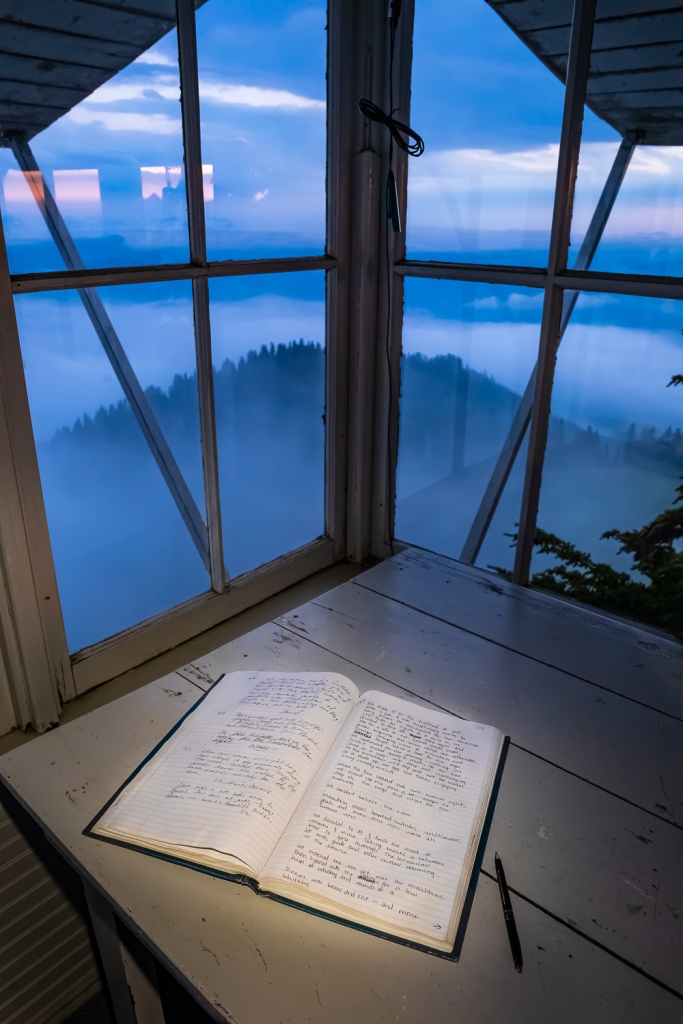
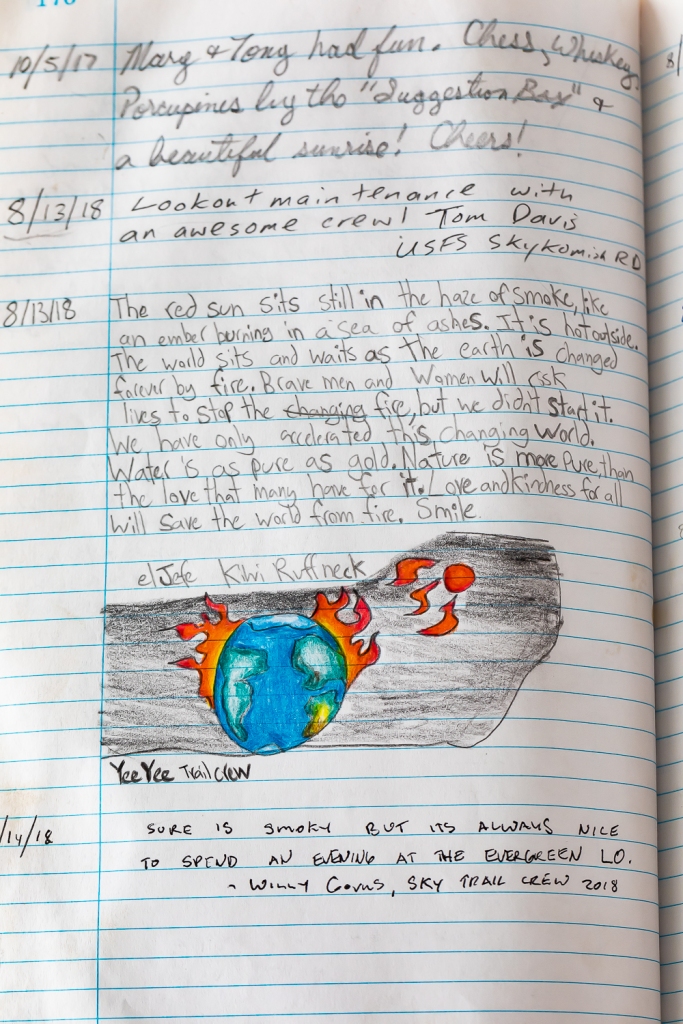
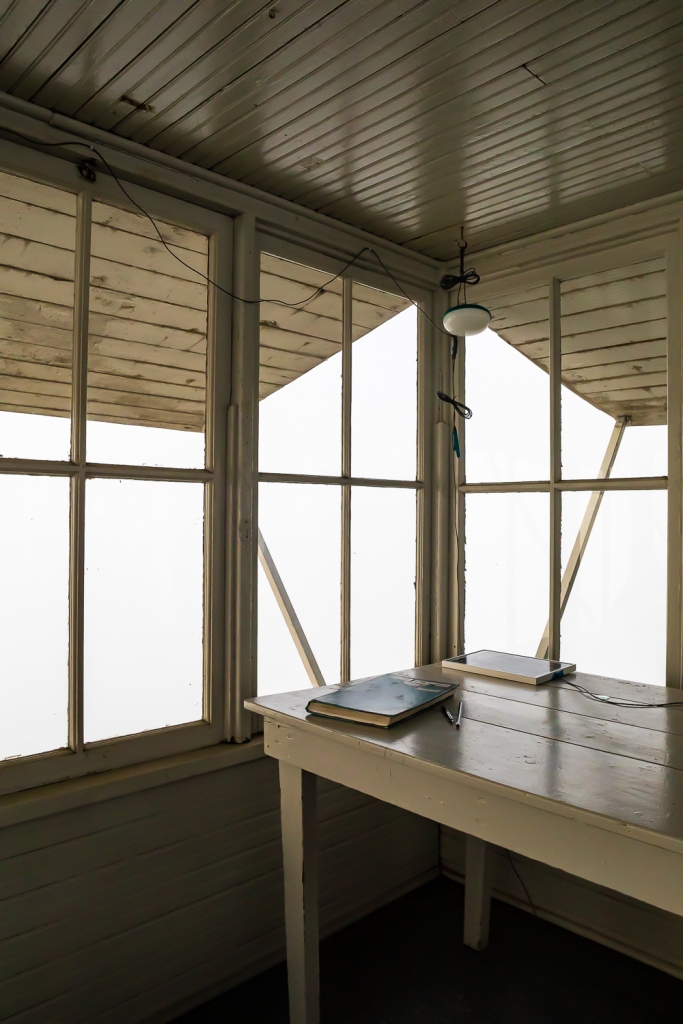
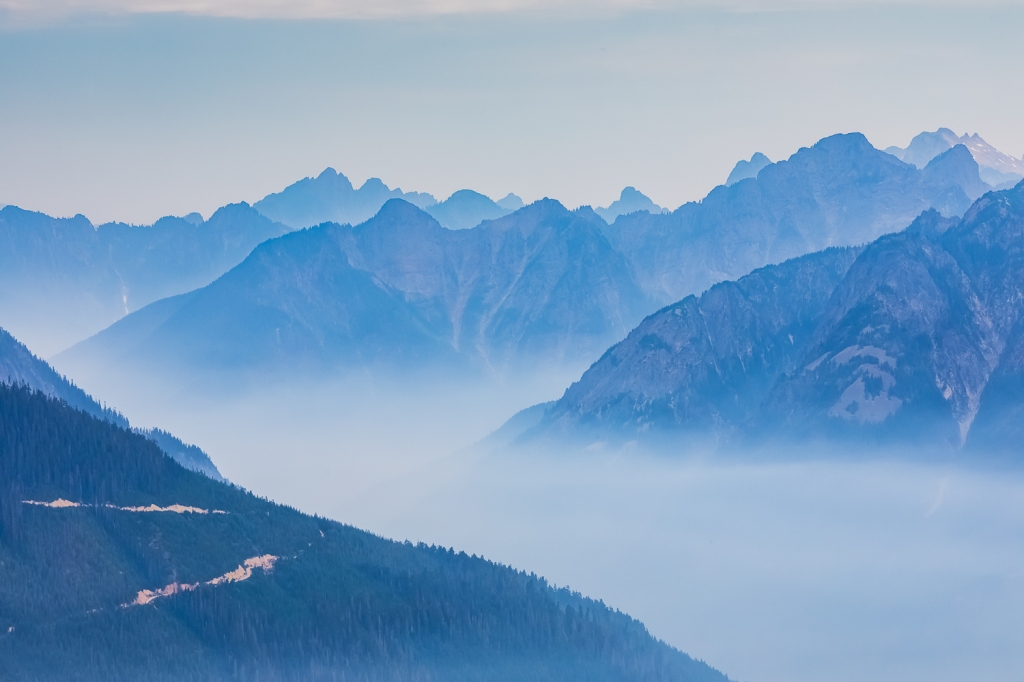
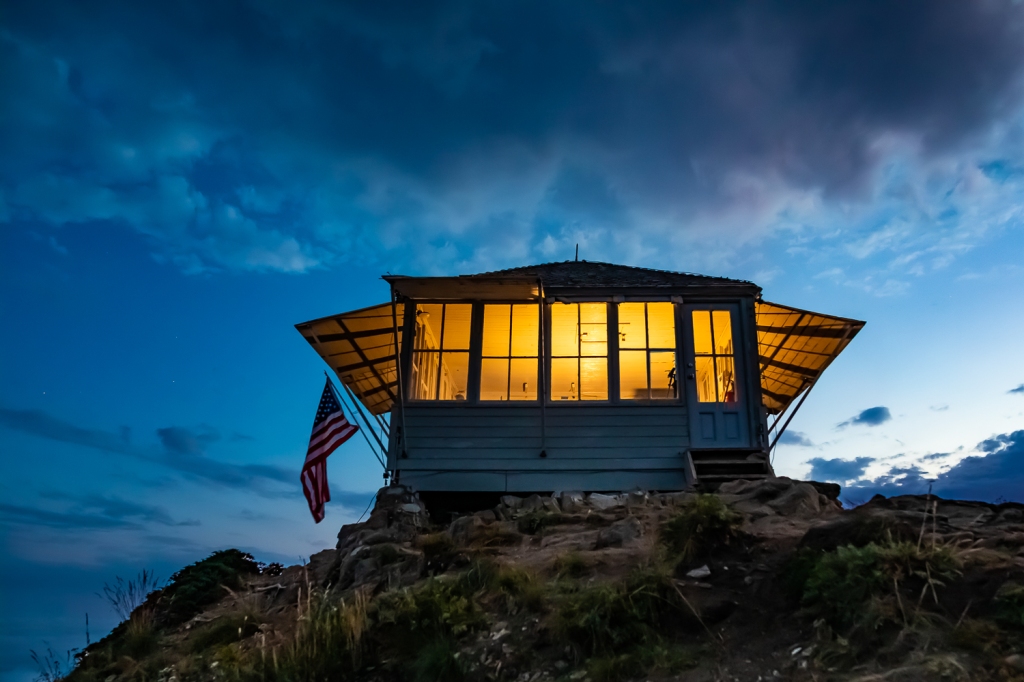
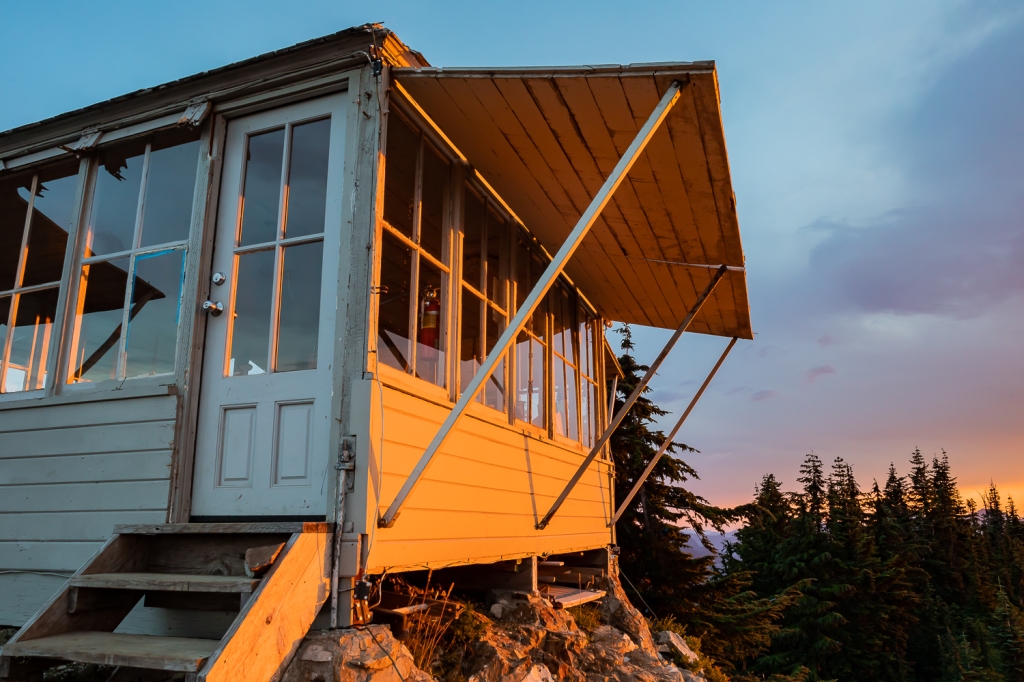
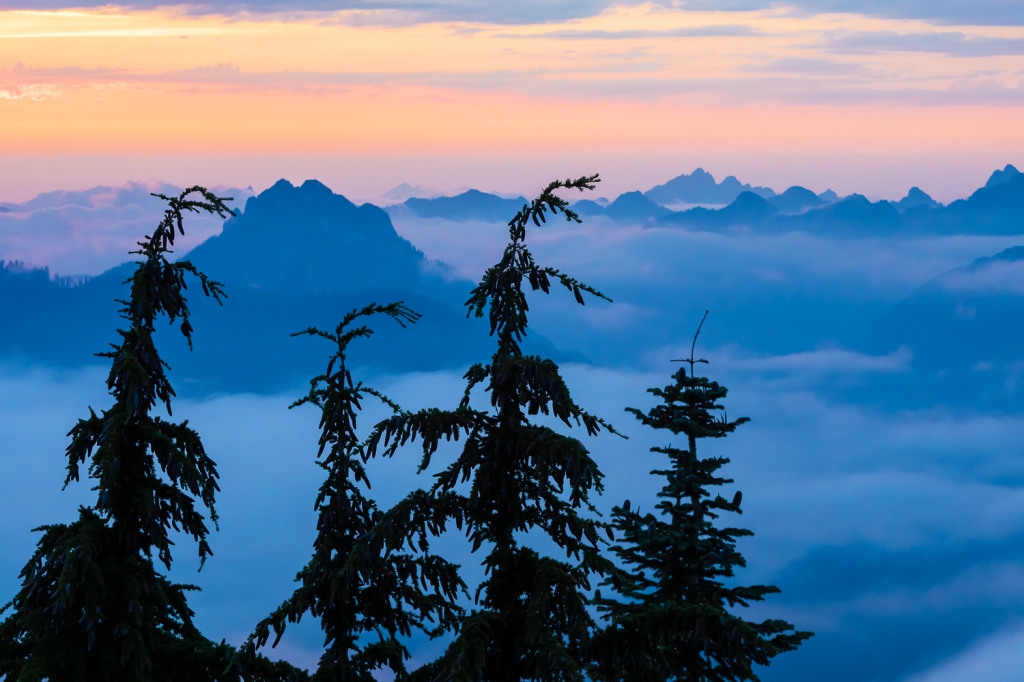


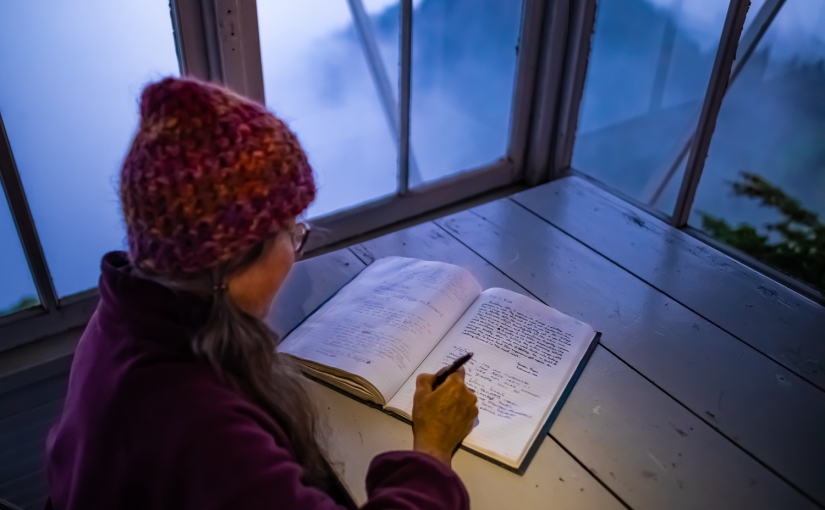



















































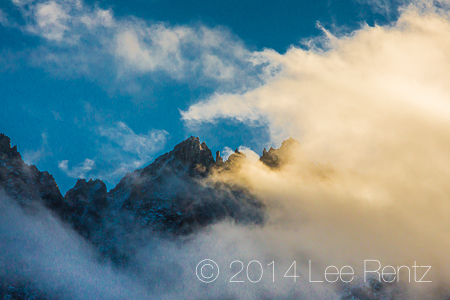










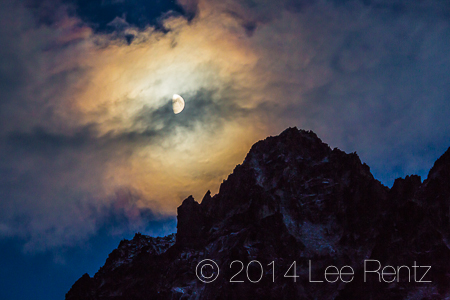




























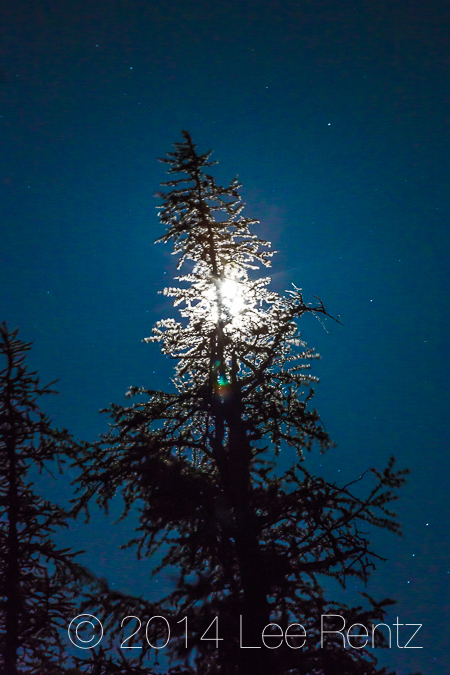



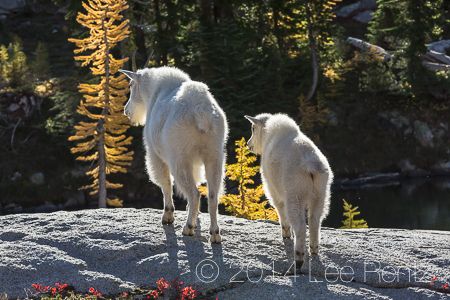








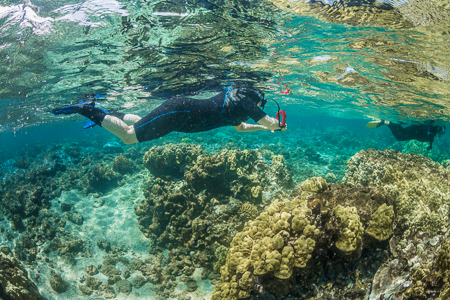





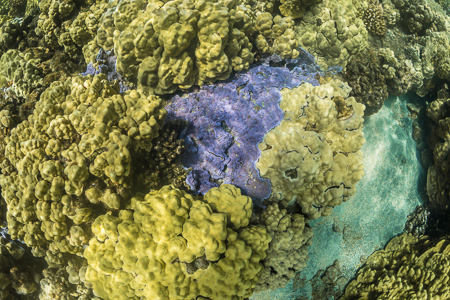

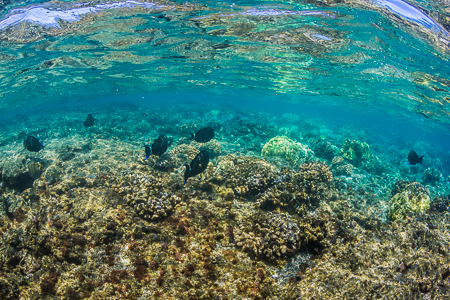


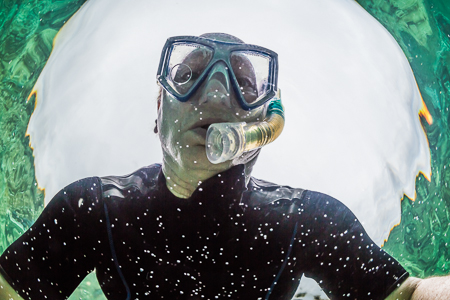










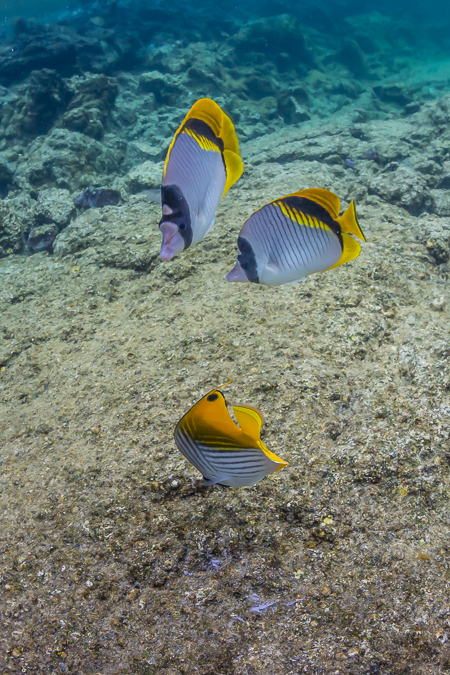





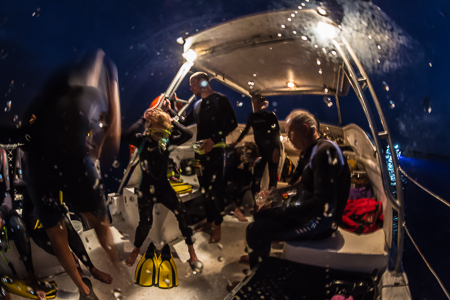
 Snorkelers holding onto a square assembly of PVC pipes that holds lights (looking up toward the ocean surface)
Snorkelers holding onto a square assembly of PVC pipes that holds lights (looking up toward the ocean surface)










